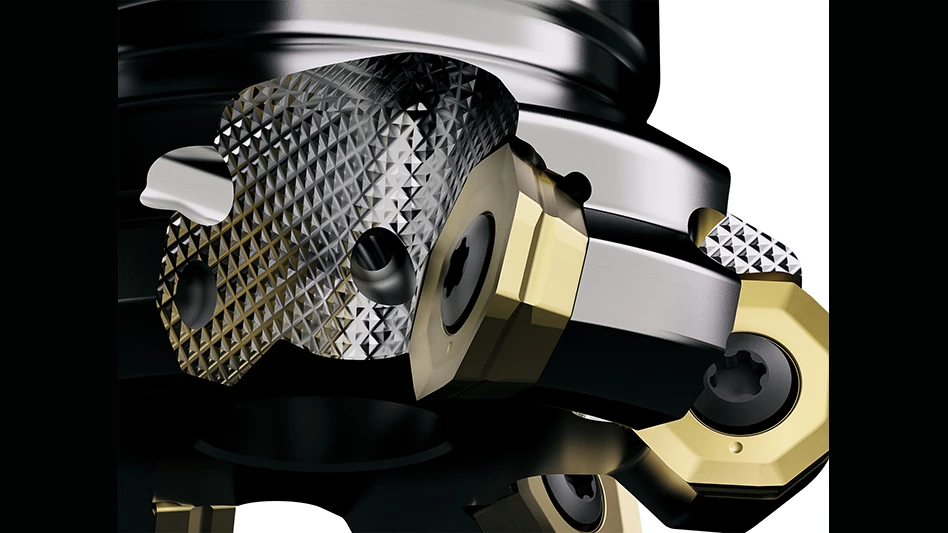
Connecting production equipment to data networks promises increased uptime, process optimization, and predictive maintenance. Most shops already have the key building block to get started in that process – the computer numeric control (CNC) that manages machine tools.
1) What are the biggest tasks for manufacturers who want to digitize operations?
With the rapid emergence of robotics and high-level automation in manufacturing, plus the fast-tracking in digitalization and Industry 4.0, machine tools must achieve significantly more data capture – faster and more efficiently. To feed the accelerated production data management requirements of global industries, especially aerospace and automotive, the information must be quickly prioritized, uploaded, and made available to engineers and others responsible for factory operations, as well as machine tool builders, as they seek to ensure machine availability.
2) What is the best starting point to work toward that goal?

CNC and its open architecture are well-positioned to assist manufacturing in the pursuit of the digital factory, from the shop floor to the top floor. In its current form, CNC offers designers and end-users of today’s highly complex machine tools a new level of practically future-proof production management, all in a digital environment.
3) How can CNC support digitalization?
First, the open architecture of a CNC permits the necessary motion control of a 3-axis mill for
4) What other benefits come from tapping into CNC data?
Small job shop and global supplier production departments gain look-ahead status on their machines for predictive maintenance strategies and machine downtime. The goal of tool management, workpiece delivery, cutting time optimization, secondary operation integration, and part tracking is a reality today, due in large part to the advancements made in the last two decades of CNC technology.
5) How can shops use the data for production planning?
Machines in every factory must communicate their actual vs. planned condition and enable production management and operations personnel to maintain workflow and manufacturing efficiency at the highest levels. The CNC, working in conjunction with drive, motor, PLC, IPC, encoder, and other manufacturing hardware, as well as the data capture, delivery, and analysis software, will take the aerospace, automotive, off-highway, power generation, medical part manufacturing, and all other production-based market segments to new heights.

Explore the August September 2018 Issue
Check out more from this issue and find your next story to read.
Latest from Aerospace Manufacturing and Design
- Feed your brain on your lunch break at our upcoming Lunch + Learn!
- Maximize your First Article Inspection efficiency and accuracy
- Archer unveils Midnight Launch Edition
- AMETEK PDS' rapid-response tactical booster amplifiers
- BAE Systems expands Endicott operations to support aircraft electrification
- Frontgrade's Class L GaN DC-DC converter, EMI filter
- #39 - Lunch & Learn Podcast with EMUGE-FRANKEN USA and Okuma America
- Boeing selects Collins Aerospace ejection seats for F-15EX





